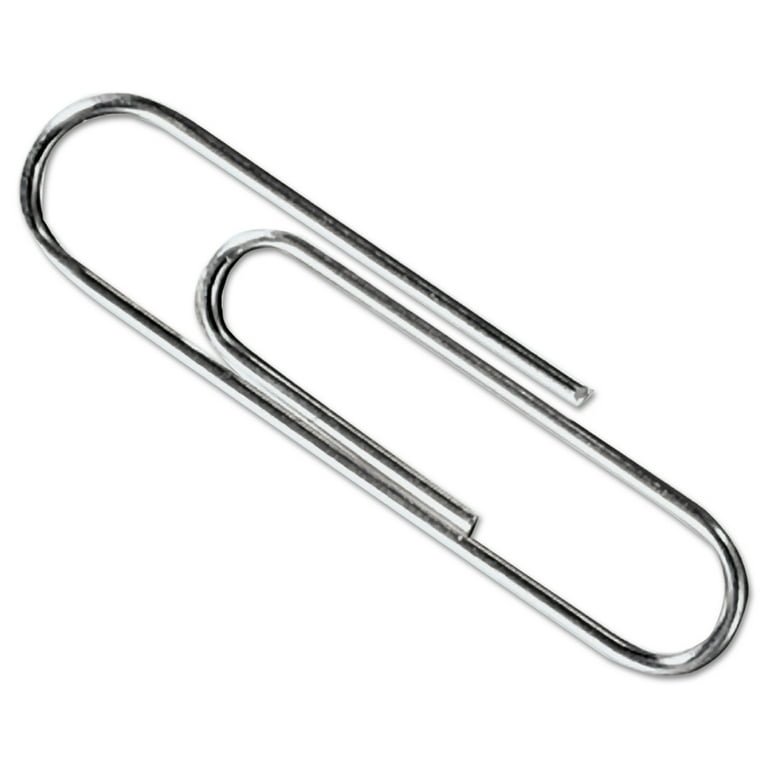Yes, solving the mystery of the Bermuda Triangle might seem like an impossible task. The enigmatic reputation of this region has captured the imagination of many, shrouded in tales of disappearances and strange phenomena. However, by delving into the facts and exploring scientific explanations, we can unravel the secrets of this infamous area. Join us on a journey to uncover the truth behind the mysteries that have puzzled the world for decades. Let’s embark on this adventure together and shed light on the enigma of the Bermuda Triangle.
Welcome to the World of Dinosaurs: A Fascinating Journey through Prehistoric Times
Welcome, young paleontologists, to a world where giant creatures roamed the Earth millions of years ago – the world of dinosaurs! In this exciting blog post, we will embark on a thrilling adventure to explore the incredible diversity of dinosaurs, their habitats, diets, and some of the most famous species that once ruled our planet.
What are Dinosaurs?
Dinosaurs were a group of reptiles that lived during the Mesozoic Era, which spanned from about 252 to 66 million years ago. These fascinating creatures came in all shapes and sizes, from small, feathered dinosaurs like the Velociraptor to the massive, long-necked Brachiosaurus.
Types of Dinosaurs
There were two main groups of dinosaurs: the Saurischians and the Ornithischians. The Saurischians were known for their lizard-like hips, while the Ornithischians had bird-like hips. Some of the most popular dinosaurs, such as the Tyrannosaurus Rex and Triceratops, belonged to these groups.
Dinosaur Habitats
Dinosaurs lived in various habitats, from lush forests to open plains. Some dinosaurs, like the Spinosaurus, were adapted to living in water, while others, such as the Ankylosaurus, roamed the land searching for vegetation to eat.
Prehistoric Environments
During the Mesozoic Era, the Earth’s continents looked very different from what we see today. The landmasses formed a supercontinent called Pangaea, which eventually split into the continents we know today. This fragmentation led to the development of unique ecosystems where dinosaurs thrived.
Dinosaur Diets
Just like animals today, dinosaurs had diverse diets based on their feeding habits. Some dinosaurs were herbivores, meaning they primarily ate plants, while others were carnivores, feeding on other animals.
Herbivorous Dinosaurs
Herbivorous dinosaurs, such as the Stegosaurus and Hadrosaurus, had specialized teeth and jaws for grinding tough plant material. They spent their days browsing on ferns, cycads, and other vegetation that covered the prehistoric landscape.
Carnivorous Dinosaurs
Carnivorous dinosaurs, like the fearsome Velociraptor and the mighty Tyrannosaurus Rex, were at the top of the prehistoric food chain. Their sharp teeth and powerful jaws were adapted for hunting and tearing the flesh of other dinosaurs.
Famous Dinosaurs
Throughout the years, paleontologists have uncovered fossils of some of the most famous dinosaurs that capture our imagination and curiosity. Let’s take a closer look at a few of these incredible creatures:
Tyrannosaurus Rex
The Tyrannosaurus Rex, also known as T-Rex, was one of the largest carnivorous dinosaurs to ever walk the Earth. With its massive skull and serrated teeth, T-Rex was a fearsome predator that ruled the late Cretaceous period.
Triceratops
The Triceratops was a herbivorous dinosaur known for its distinctive frill and three horns on its face. This dinosaur used its horns for defense against predators and may have even engaged in battles with other Triceratops for dominance.
Velociraptor
The Velociraptor was a small, agile dinosaur with a sickle-shaped claw on each foot. Despite its size, Velociraptor was a swift and intelligent hunter that likely hunted in packs to take down larger prey.
As we conclude our journey through the world of dinosaurs, we have only scratched the surface of the vast and wondrous realm of prehistoric creatures. Dinosaurs continue to captivate us with their sheer size, diversity, and mysteries waiting to be uncovered. Remember to keep exploring and learning about these fascinating creatures that once roamed our planet millions of years ago!
Get ready to embark on your own dinosaur adventures and uncover the secrets of these ancient giants. The world of dinosaurs awaits, so grab your magnifying glass and let’s dive into the thrilling world of prehistoric wonder!
Frequently Asked Questions
What are the benefits of learning a new language?
Learning a new language can enhance your cognitive abilities, improve memory, and boost problem-solving skills. It also opens up opportunities for travel, career advancement, and cultural understanding.
How can I improve my English speaking skills?
To improve your English speaking skills, practice speaking regularly with native speakers or language partners, watch English movies or TV shows, listen to podcasts, and try to think in English to become more fluent and confident.
What are some effective ways to build vocabulary in a new language?
Effective ways to build vocabulary in a new language include reading books, newspapers, or online articles in that language, using flashcards, learning a few words daily, and using language learning apps or websites.
Final Thoughts
In conclusion, ” is a crucial aspect of our daily lives. Whether it’s in our personal relationships, work environment, or decision-making process, the ability to communicate effectively is key to success. By honing our communication skills, we can build stronger connections, avoid misunderstandings, and achieve our goals more efficiently. Remember, practice and awareness are essential in becoming a better communicator. So, next time you engage in a conversation, pay attention to how you communicate and strive to improve.



